Bitumen
Bitumen is a black or dark-colored solid, semi-solid, or highly viscous liquid that can be found in various forms such as rock asphalt, natural bitumen, tar, and petroleum bitumen. Bitumen is frequently confused with coal tar, which is produced from oil shale, wood, or other organic materials. They are, however, two completely different chemical products that should not be confused.
Bitumen is a low-grade crude oil composed of complex heavy hydrocarbons and the Vacuum Bottom residue distillation tower refinery.
The vast majority of refined bitumen is used in the construction industry. Mostly used in paving and roofing applications, bitumen is primarily used as a binder in asphalt for roads, runways, airports, dams, pipe coating, paints, pools water proofing, cable coatings, and a variety of other applications. Gravel and crushed rock are mixed with thick bitumen to hold it together before being applied to roads.
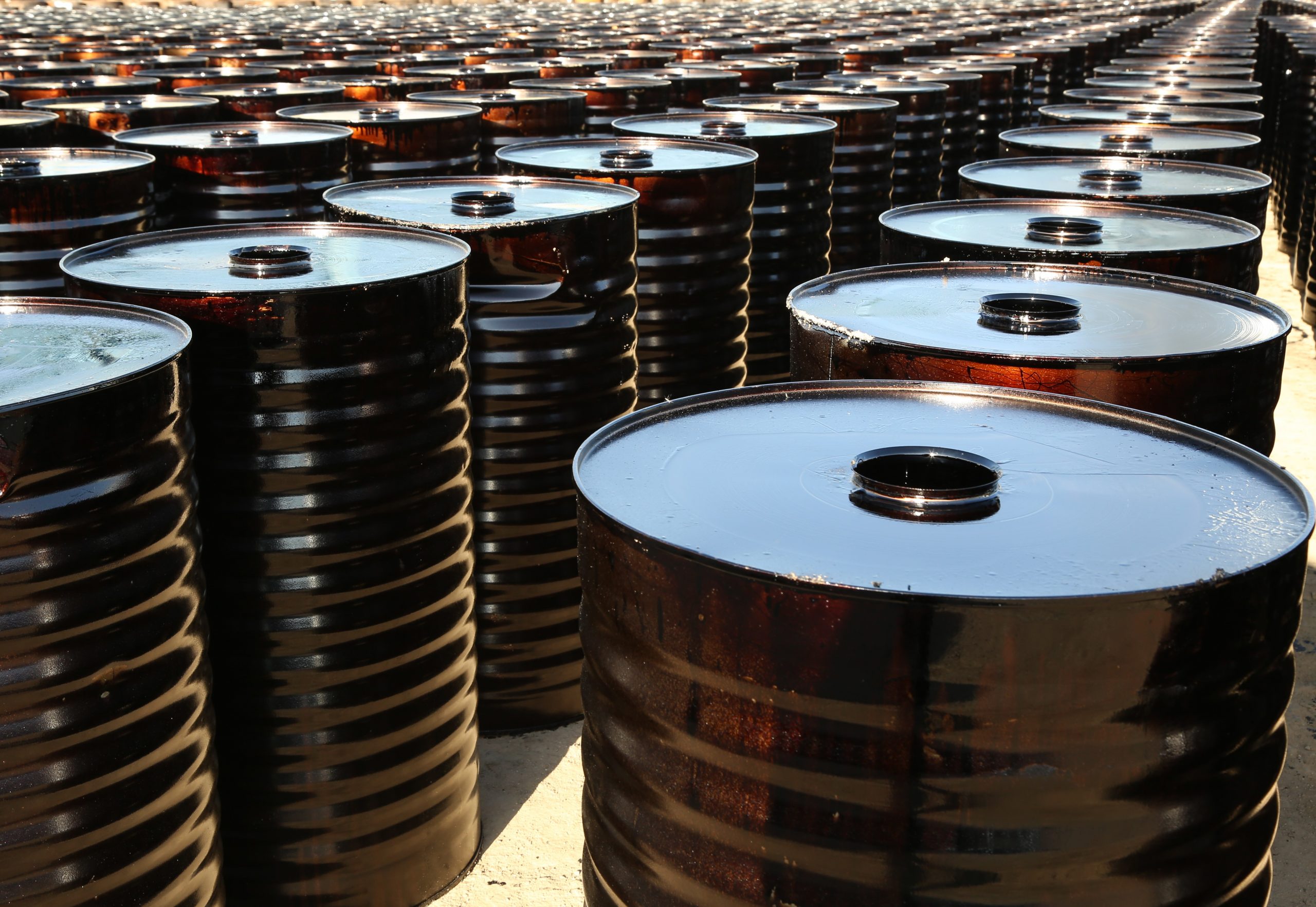
Bitumen Packing
- In Bulk via the tank Vessel
- In new steel drum with different sizes such as: (150 Kg, 180 Kg & 200 Kg each drum)
- In different sizes of poly bag or Bitu-bag like: (Jumbo Bag 1 ton, Poly Bag 40 Kg, 300 kg & 750 kg each).
- In Flexi tank
- Carton
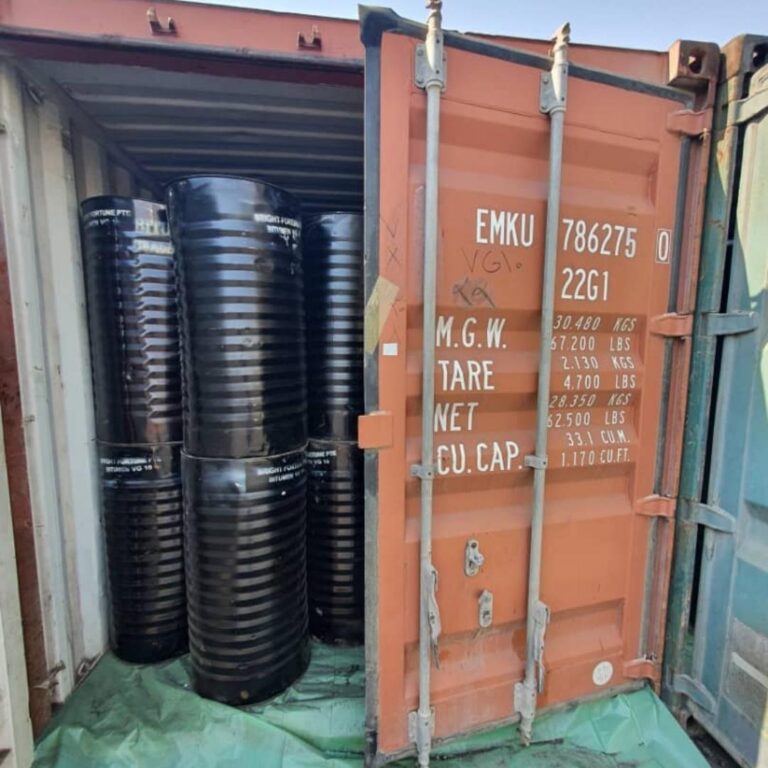
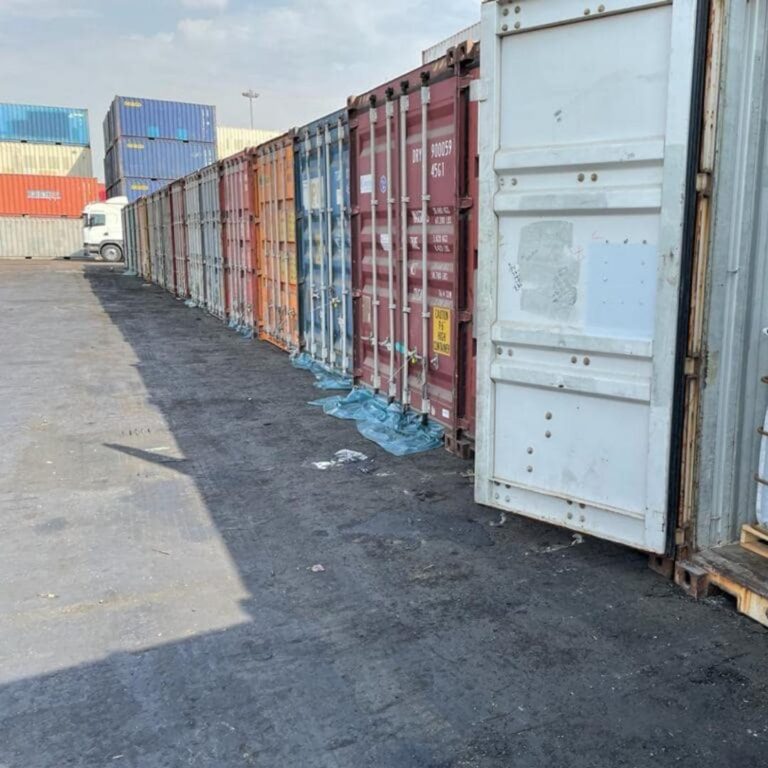
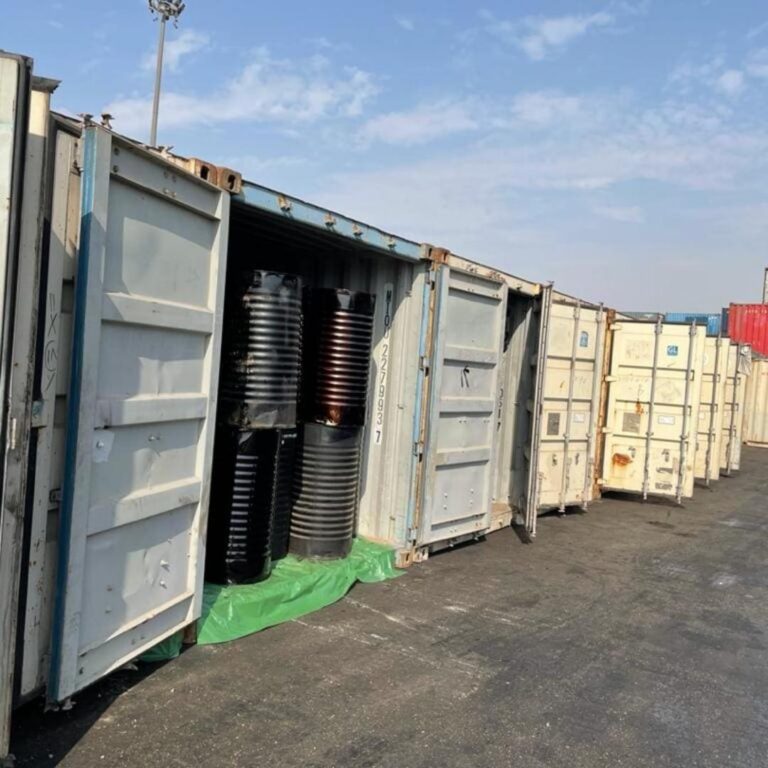
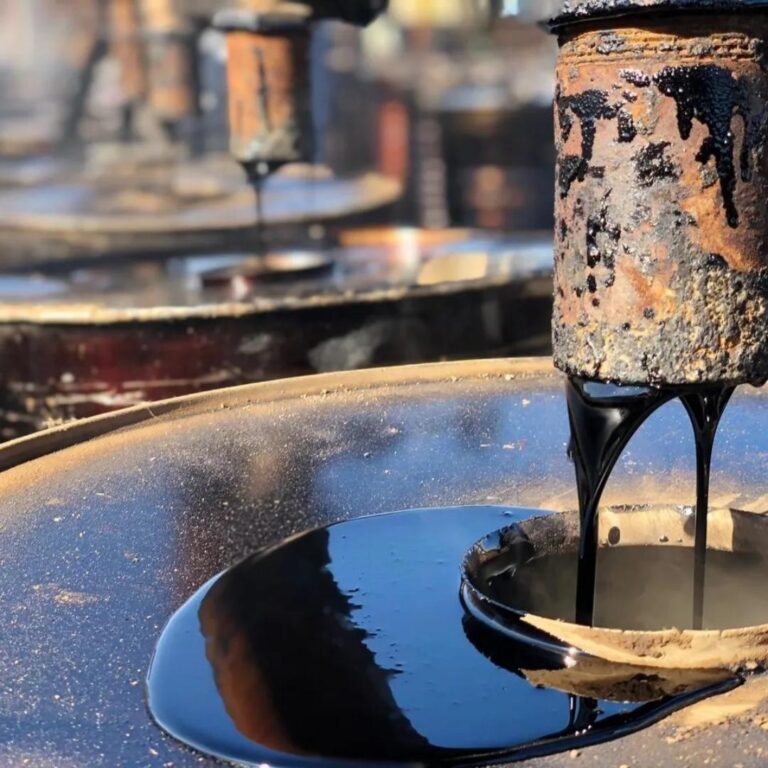
Bitumen Air Blowing
The process of vacuum Bottom (VB) and air in the reactor or batch produces Air Blowing Bitumen. Different grades are produced as a result of the process conditions being controlled. While the topped crude is still liquid, the regular distillation process is terminated. The heavy fraction is placed in a converter and blown through while being kept at a high temperature. This process is repeated until the asphalt reaches the desired properties. Such asphalts are frequently referred to as blown asphalt. However, this is not a strictly accurate term because the air blowing process involves not only oxidation but also vaporisation, dehydrogenation, condensation, polymerization, and other reactions.
Types of Air Blowing Bitumen
Penetration grades
Performance grades (PG)
Viscosity grades
Penetration Grades Bitumen
Grades of penetration Bitumen is refined bitumen of varying viscosities. It is produced by fractional/vacuum distillation of crude oil (feed stock). The penetration test is used to characterise the bitumen on the basis of hardness. As a result, it is referred to as penetration bitumen. It is typically used as a Paving Grade Bitumen for road construction and the production of superior asphalt pavements, and it is critical because it binds the aggregates and provides a unique cohesion and stability to the bituminous mix.
The penetration and softening point tests are used to specify Penetration Grade Bitumen. Only the penetration range is indicated.
Oxidized Bitumen
The softening points and penetration rate of oxidised bitumen are used to classify it. For instance, oxidised bitumen 85/40 is a type of bitumen with a softening point of 855 degrees Celsius and a penetration area of 405 dmm. These bitumens are also expected to compensate for weight loss due to heat. Furthermore, the softening point is much higher than in standard bitumen. The majority of oxidized bitumen is used in industrial applications such as roof insulation, pipe coating, paints, industrial mastics, and so on.
Performance Grades Bitumen (PG)
With a new set of tests, performance grades are based on binder specifications (SHRP). In the Super pave grading system, binders are classified according to their performance in extreme hot and cold temperatures and are referred to as performance grade (PG) bitumen. The PG system employs a standard set of tests to assess physical properties of the binder, which can be directly related to field performance of the pavement at service temperatures using engineering principles.
PG grade nomenclature is based on two factors: traffic and pavement temperature.
Grade PG Bitumen is used in paving for both new construction and pavement rehabilitation, as well as in dense-graded and open-graded Hot Mix Asphalt. It can also be used to seal the edges of new to told paving and to seal cracks. Other applications include spray applications for bridge decks and pavement protective membranes made of fabrics.
Viscosity Grades Bitumen (VG)
The viscosity grade bitumen has been specified in terms of their penetration grade and behaviour changes with temperature. The viscosity grade of bitumen is specified by ASTM Standard and is based on absolute viscosity at 60 C (140°F) or kinematic viscosity at 135 C.
Thus, viscosity defines the fluid property of bituminous material. Viscosity is a measure of resistance to flow and is the general term for consistency. Many researchers believe that absolute viscosity should be used to grade bitumen rather than conventional penetration units.
Application of Viscosity grade bitumen
Grade of Viscosity Bitumen is a standard grade bitumen that is typically used as a Paving Grade Bitumen for road construction and the production of superior asphalt pavements. This grade of bitumen is primarily used in the production of hot mix asphalt for bases and wearing courses, and it has characteristics and qualities that distinguish it from other agents. Bitumen is ‘cutback’ by adding controlled amounts of petroleum distillates like kerosene. This is done to temporarily reduce the viscosity of the bitumen so that it can penetrate pavements more effectively or to allow spraying at temperatures too cold for successful sprayed sealing with neat bitumen.
Cutback Bitumen
Cutback Bitumen is categorized in 3 groups according to their curing time:
- Slow Curing Cutbacks (SC)
- Medium Curing Cutbacks (MC)
- Rapid Curing Cutbacks (RC)
Bitumen Emulsions
Bitumen emulsion is made up of three main components: bitumen, water, and an emulsifying agent. It is well known that water and asphalt contain other additives, such as stabilisers, coating improvers, anti-strips, or break control agents, depending on specifications. However, because bitumen is a petroleum product, it does not mix with water and, due to its sticky nature, it does not easily disintegrate into fine droplets. An emulsifier is used to solve this problem.
Application of Bitumen Emulsions
When bitumen emulsions are applied to aggregates, water begins to evaporate, resulting in bitumen separation from water. The bitumen then spreads on the surface of the aggregate, acting as a binding material and gradually gaining strength. They are also particularly useful for maintenance and patch repair work. And can be used in wet weather even when it is raining, has been used in soil stabilisation, particularly for the stabilisation of sands in desert areas, for surface dressing and penetration macadam type of construction, and overall allows for better bitumen coating on the surface of aggregate.
Types of Bitumen Emulsion
- Anionic with negatively charged globules
- Non-ionic with neutral globules
- Cationic with positively charged globules
The term anionic comes from the migration of bitumen particles in an electric field. Because the droplets migrate toward the anode (positive electrode), the emulsion is known as anionic. There are “billions and billions” of bitumen droplets with emulsifying agent at the water-bitumen interface in an anionic emulsion.
The word cationic is obtained from the migration of bitumen particles in an electric field. Because the droplets migrate it towards the cathode (negative electrode), the emulsion is referred to as cationic. The cationic emulsifying agent works similarly to the anionic in that the negatively charged portion of the head floats around in the water, leaving a positively charged head.
Polymer Modified Bitumen
Polymers are the most important class of bitumen modifiers. The properties of bitumen change as temperatures rise; for example, polymers make bitumen resistant to heating cracks. Modifying the bitumen specifications improves the product’s quality and increases its longevity. Under these special conditions, structural destructions in asphalt pavement occur faster than in its natural state, significantly increasing road maintenance costs.
Polymer Variety: SBS, EVA, APP, LDPE, LLDE, HDPE, SBR, SEBS, and SIS are the most common polymers used to modify bitumen.
SBS is one of the best modifying polymers, with thermoplastic and rubber specifications.
Application of Polymer Modified Bitumen
Polymer Modified Bitumen is used to make pavement, roads for heavy traffic, and home roofing solutions that can withstand extreme weather conditions. PMB is a normal bitumen with added polymer, which gives it extra strength, high cohesiveness, and resistance to fatigue, stripping, and deformations, making it a good material for infrastructure.
Contact Us
Let's Get in
Touch
Email Address
contact@fpspetrochemical.com
Call Us
+1 (551) 550-0223
Address
Business Centre Block 1 Kyrgyzstan
